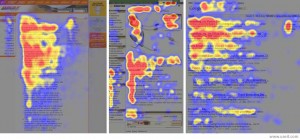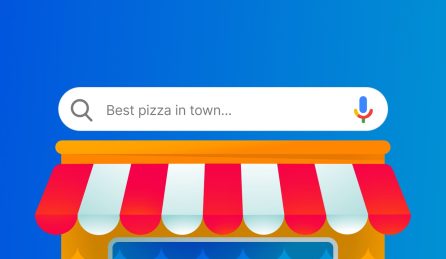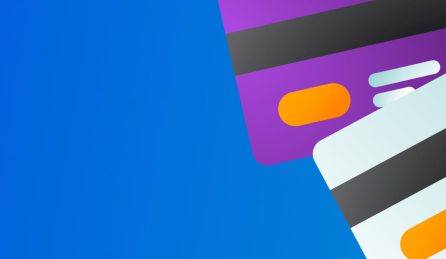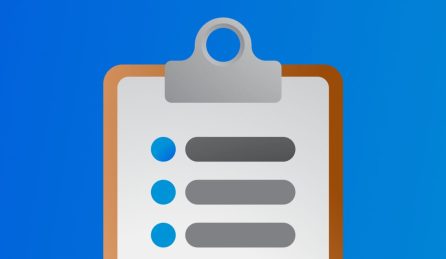Writing content for the web can be challenging, especially because web users don’t read a lot. According to a research study conducted by usability expert Jacob Nielsen, web users scan the text and usually read between 20-28% of the words on a web page. This means that one of your main goals, as a site owner, is to make the content on your site highly readable.
One of the easiest and most effective practices to improve website readability is to use headings. Aside from making the content easier to go through, headings are also important for SEO because search engines consider them an indicator of the content published on a page.
Enhancing content readability
Web content management expert Gerry McGovern wrote an article based on his usability study concluding that web users do not scan pages, but blocks or sections of text. He calls it “block reading”. He explains that when a web user sees a page, he doesn’t see it as a whole, but rather as blocks of information. We tend to read in sections, going directly to what interests us or catches our attention.
McGovern’s study results are also supported by one of Nielsen’s eye-tracking studies, which reveals that web users do read in chunks. Nielsen says that web users read in a horizontal movement, and then continue down the page in an F-shapped pattern, thus skipping a lot of text in between.

As you can see, the coloured red areas are the ones where users looked the most, followed by the yellow areas and then the blue areas, which are the least-viewed areas. The grey areas did not attract any attention from the users.
That’s why it’s recommended to break up long articles into blocks of text by using heading to catch the user’s attention and encouraging him to read more. When you don’t use headings, you’re making it difficult for your visitors to scan the page because you’re not giving them any indication of the content on that page. Also, they tend to leave the page immediately if they can’t scan it.
Enhancing SEO
In terms of SEO, headings are important because they let search engines know what’s important on that page. That’s why, when optimising the content on a web page, it’s advised to include your targeted keywords in headings and sub-headings, thus making it easier for search engines to index it and for users to find it.
Header tags
Like any article, online or print, the content on a web page should be broken into heading and sub-headings. For instance, the H1 tag is the most important on a web page and should catchy enough to get the users’ attention. The heading is written in bold or a larger font, and it should include the main keyword you are targeting for that page.
The sub-headings (h2, h3, etc) are usually written in smaller font but these should also include keywords. The sub-headings are used to break the page into logical blocks of text to make it easier for the users to read the content, as well as to summarize the content that follows.
There are many benefits to using headings on a web page, such as enhancing content readability and SEO. When you use headings, users can find your content faster and read it easier once they visit your page.




